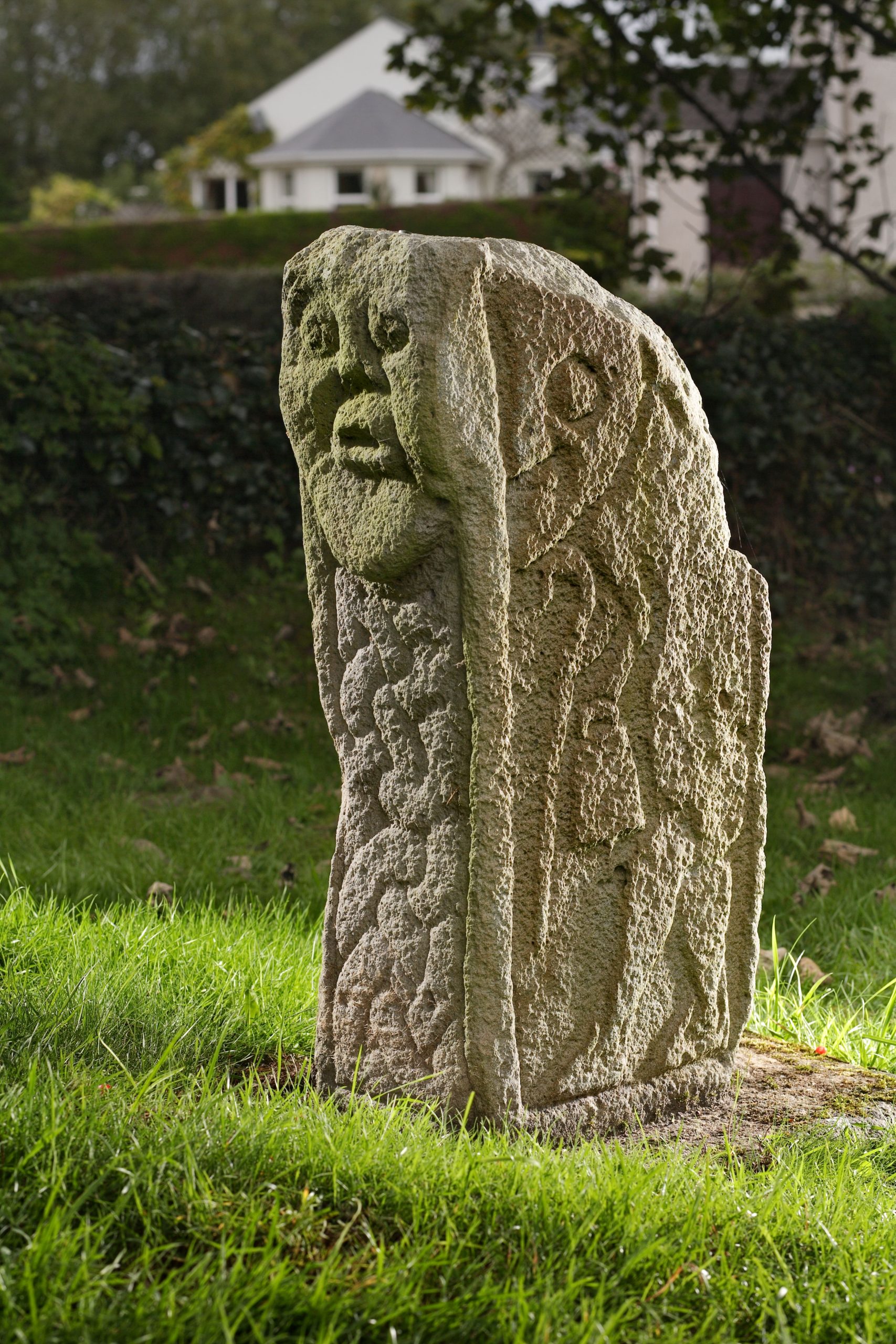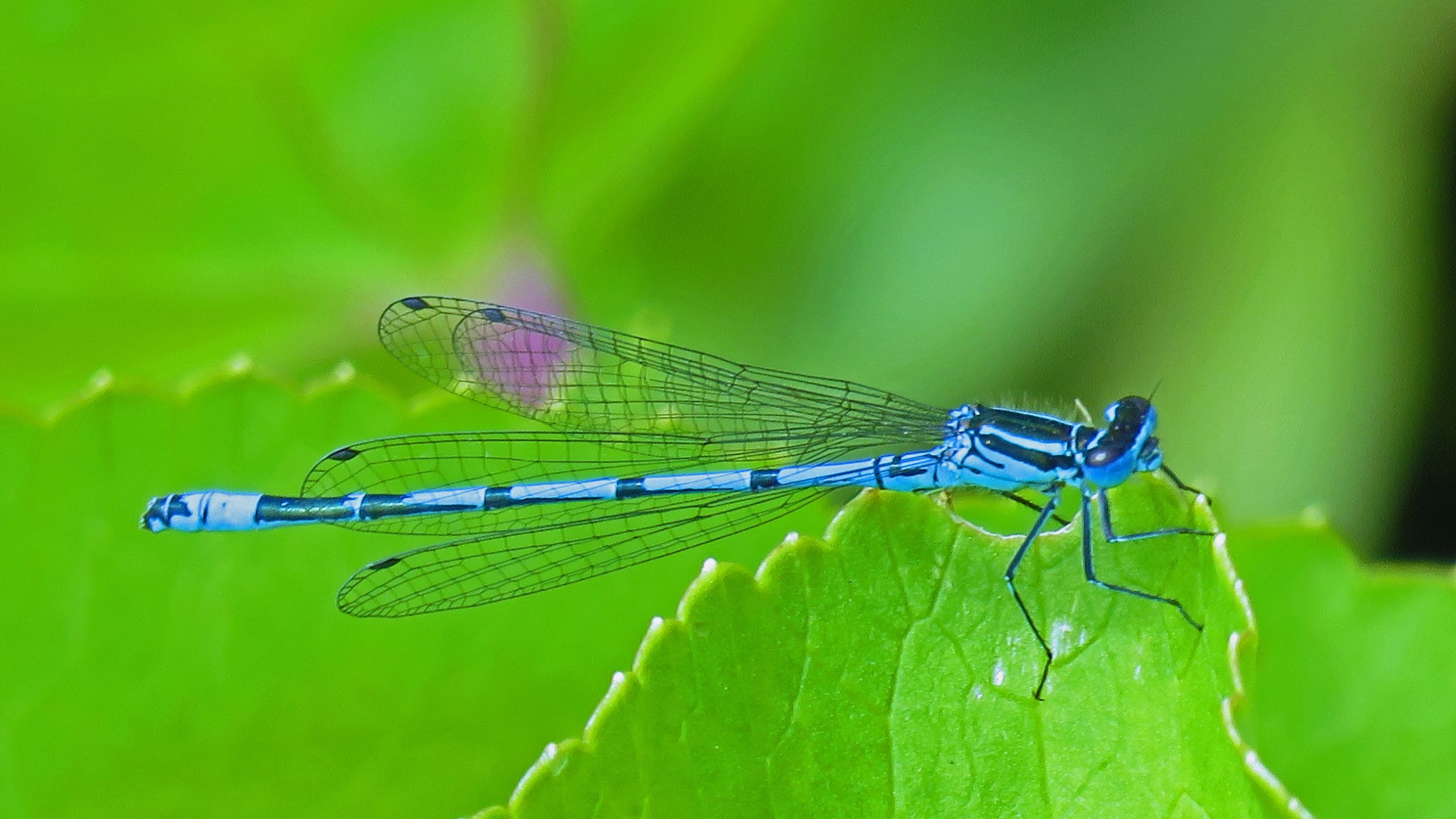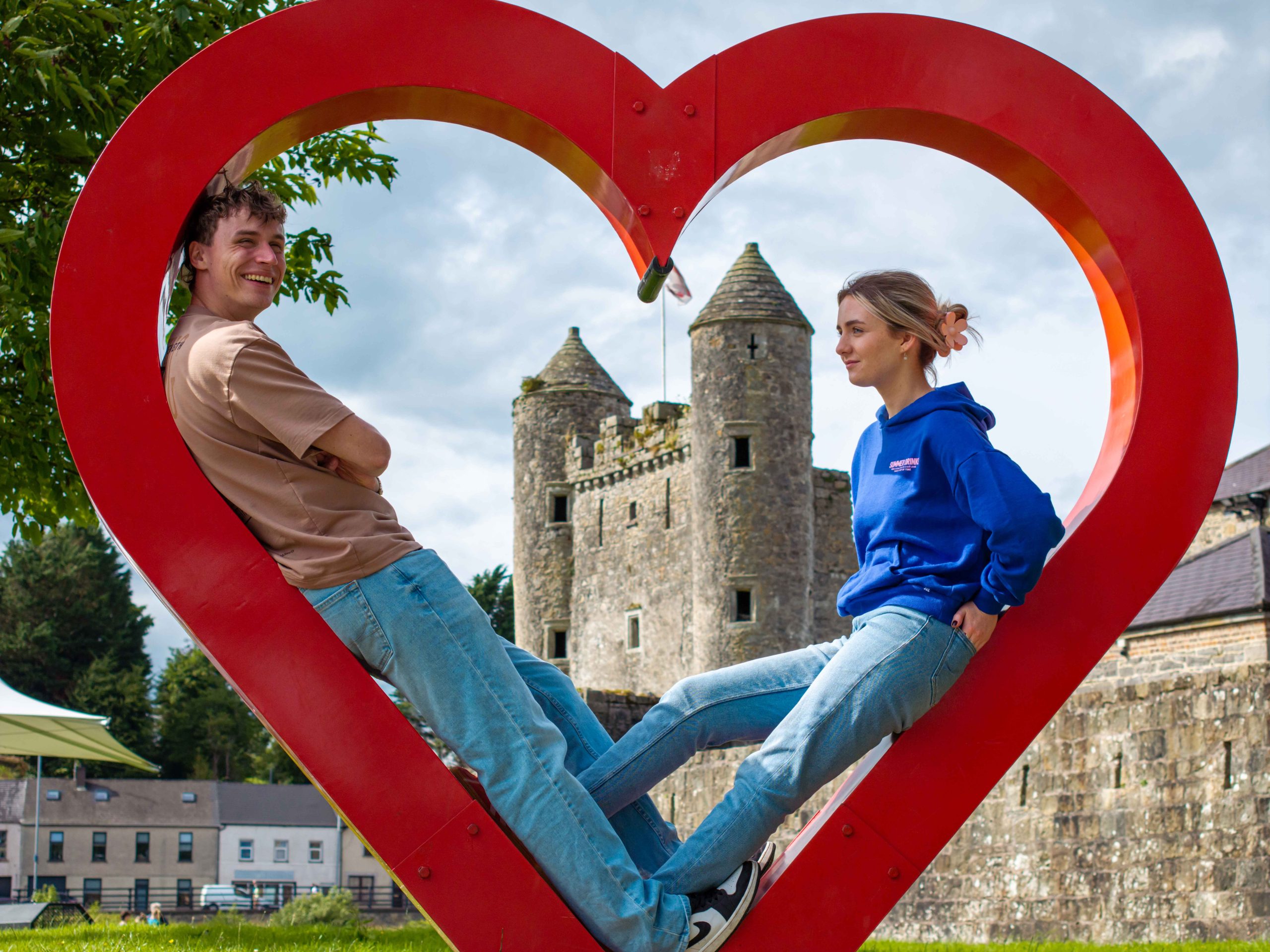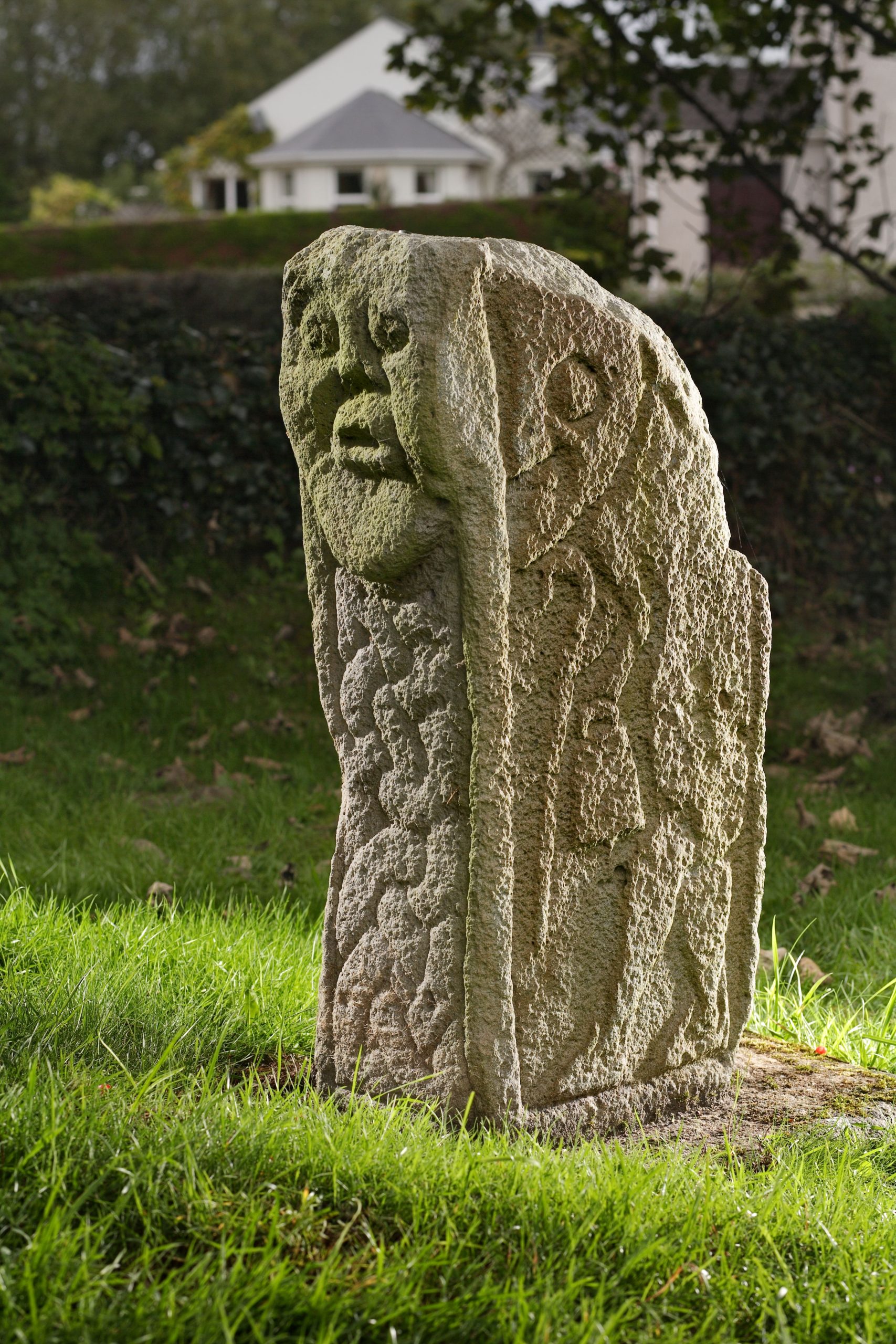Welcome to Killadeas
Killadeas
WHAT 3 WORDS: ///startles.glorified.waters
🚙 ROAD access ✔️
⚓ WATER access ✖️
About Killadeas
Killadeas is a key site illustrating the reuse of ancient sites revered for old associations, often found in the midst of great beauty. The name, Killadeas, suggests a link with the Culdees or Companions of God. A Culdee was a member of a group of monastic reformers with its origins in the eighth century. The modern Church of Ireland in the townland of Rockfield occupies the site of an early church, known as the Yellow Church, which belonged to the Culdees of Devenish Island. In 1774 it is described as: ‘ye ruins of Yellow Church…it is of rude sculpture and built like a barn.’ The 1834 OS Memoirs recorded that the site of the old church or abbey may be traced at the north extremity of Rockfield townland, inside an old graveyard. Presently, there are no traces of the church. Mary Rogers suggests the St Ninnidh’s Church, 1881, incorporated stones from the Yellow Church.
Within the modern graveyard there sits an older one. Here there are many 18th century gravestones and four carved stones. The graveyard contains several interesting stones, the most noted is the Bishop’s Stone, unearthed by Lady Dorothy Lowry Corry in the 1930s. The northern and eastern sides of the stone are undecorated. On the southern side is a carving of an ecclesiastical figure carrying a bell and crozier, a bishop. At the top of the western face of the stone is a carving of a chubby face, with mouth open, puffy cheeks and round wide-open eyes. Helen Lanigan Wood considers that both carvings date to the 9-11th centuries, though it has been suggested the carving on the western face is earlier. The Pillar Stone is thought to have been part of a cross; there is no decoration on the pillar. The Holed Stone is a large circular boulder with an oval hole at its centre, the base of the stone is buried. This is probably the only true prehistoric relic; there are numerous superstitions associated with such hole stones.
Nature Note: Common blue damselfly
Damselflies are smaller and more delicate than dragonflies. They are beautiful creatures with iridescent colours that reflect and refract light. The common blue damselfly can be found around almost any body of water or away from breeding sites in grassland and woodland. It is a regular visitor to gardens and is on the wing from April to September. So, on a summer’s day or early evening keep, your eyes open to see these beautiful creatures, rich in mythology and mysticism. Damselflies are believed to symbolise spiritual reawakening and enlightenment. The bringer of light and happiness.





